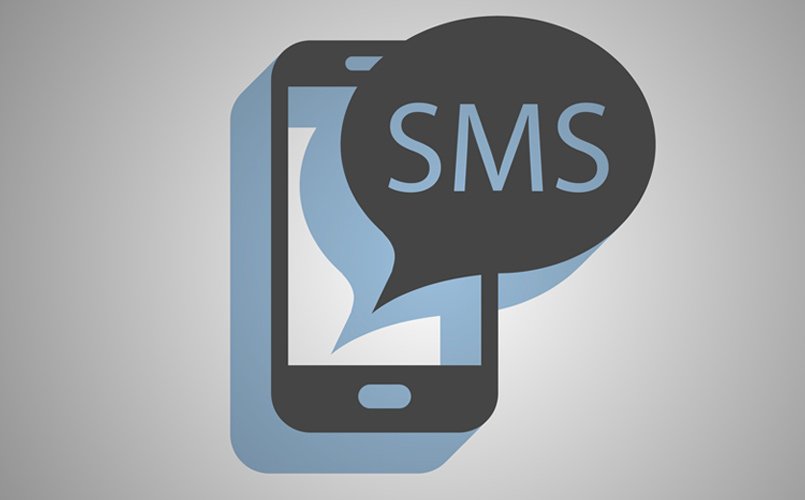It’s been over 25 years since Neil Papworth from Vodafone sent the first ever text message.
Since then, SMS has remained exactly the same. There have been no upgrades, add-ons or new releases.
We’re still on SMS 1.0.
For such a basic technology, SMS has been amazingly resilient. Despite the
explosion of far more interactive messaging apps like iMessage, WhatsApp,
Snapchat etc, sending texts via an SMS API
remains one of the most popular and effective way for brands to interact with
their customers.
Why should that be the case? Surely we’ve moved on from SMS by now.
Well it appears not. Mobile research company Mobile squared,
revealed that in 2018, a staggering 1.67 application-to-person messages (A2P)
messages were sent globally. They predict that this will rise to 2.8 trillion
by 2022.
Those figures spell out a 68% rise in business SMS over a 4-year period.
Quite remarkable for such a basic and clunky communication channel.
So why is SMS so resilient?
Here we look at 5 reasons why SMS retains such an enduring appeal for marketers.
1 Astonishing open and read rates
SMS marketing has the highest open and read rates of any
other marketing channel. By far.
90% of all text messages received are read within the first 5 minutes. (Mobile
Squared)
Unlike all the other message apps, whenever we receive a
text, we tend to stop what we’re doing and check our messages.
Email open response rates are very poor by comparison at just 22%. (Frost and
Sullivan)
This makes some sense. Can you remember the last time that you ignored a text.?
2. Low spam rate
Several years ago, SMS was plagued by spam. In the UK and
elsewhere, consumers we deluged by an avalanche of unwanted texts from,
compensation companies, pay day loan providers and a whole host of unwelcome
spammers.
It made it very hard for companies with legitimate offers to make their voices
heard.
Thankfully, in recent years, SMS spam has been almost completely eradicated. Since GDPR became law in May 2018, companies in the EU can face fines of up to 20 million Euros for breaking anti-spam rules.
In the US, TCPA, penalties for spam text message offences
can range between $500 and $1,500 per violation.
With these powerful laws in place, it’s no wonder that our inboxes now remain
largely spam-free.
2. Every mobile phone ever made can send and receive SMS
Unlike every other messaging app that needs to be downloaded or enabled, SMS works for every single mobile phone on the planet.
There’s nothing to install or download. There are no passwords, security of web connections issues to worry about.
It just works and we all understand it.
No other messaging app comes close to achieving this sort or universal acceptance and it’s one of the most powerful reasons for its enduring popularity with marketers.
3. Response rates to SMS marketing outstrip every other channel
According to research by Cellit, SMS has a response rate
that is 6-8 times that of email.
For most businesses, email is at the heart of all their communications. We all
use it for everything from customer alerts, marketing, staff comms and everything
in between. We couldn’t be without it.
But open and response rates to email are drifting slowly southwards as we all
receive more and more of it and become better at filtering out the noise from
the important stuff.
A recent
benchmarking study showed that the average open rate for email was around
20% and the average click through rate, a modest 2%.
By contrast, SMS enjoys a read rate of 98% (Frost and Sullivan) and
response rates of up to 40% (Gartner).
4. It’s inexpensive
As a marketing tool, SMS is remarkably cost effective. Most SMS companies charges between about 4 and 6 pence per text for sending to the UK and Europe. Prices can be even lower for the US and some other territories.
So for under £30, you can send a tailored message to 1000 prospects. It’s a very low spend for a potentially impressive return.
Email might be very low cost to actually send but there are almost always additional costs in the creative work involved and the response rate will be far lower.
5. SMS Is trackable
Every single text that’s sent generates a delivery report. This informs marketers precisely which messages have been delivered and which haven’t. Failed messages usually indicate an incorrect mobile number which can then be updated.
Embedded mobile web addresses can also be tracked, allowing you to measure click through and engagement rates for every single user.
Will anything replace SMS?
Is there anything else waiting in the wings to deliver a killer blow to the resilient SMS?
RCS messaging, the long-awaited replacement to SMS looks
very promising indeed. It will offer us a fair more responsive and immersive messaging
platform, similar to what we’re used to with other messaging apps like IMessage
and WhatsApp.
But the whole project has been plagued
with a range of problems that could mean that it never takes off in any
meaningful way.
Apple are not signed up to offer it and only 10% of global
mobile networks support it. Although initial case studies looking wildly
promising, at the moment it’s just wholly impractical.
So SMS looks likely to remain the dominant message marketing route for at least
the foreseeable future.
![[Jcount.com]](https://www.jcount.com/wp-content/uploads/2014/08/jcount150X50.png)
![[Jcount.com]](https://www.jcount.com/wp-content/uploads/2014/08/jcountstartupslogo1.png)





